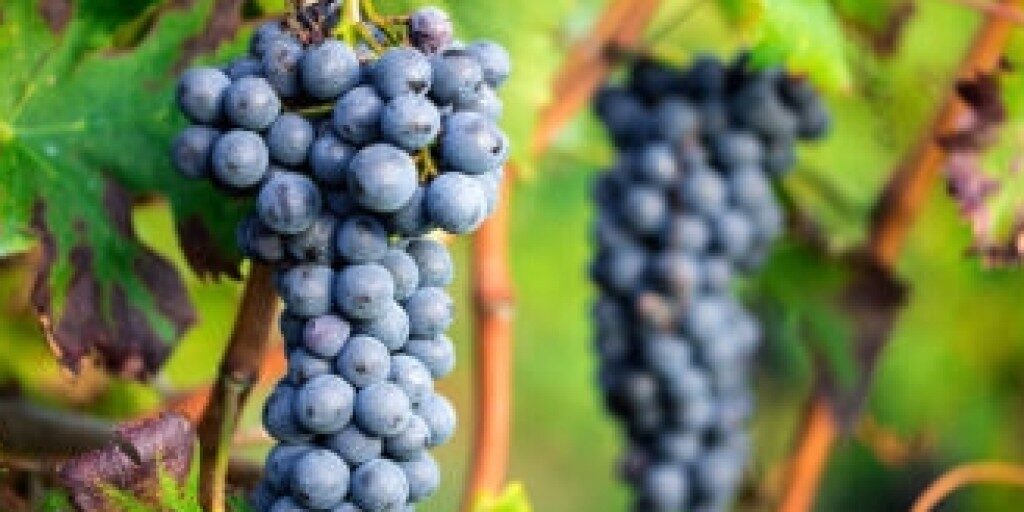
ORIGIN OF THE NAME
The name “cesanese” probably derives from “cesarese” to signify its millennial presence in the Lazio region. The Castelfranco Black Cesanese is a typical and autochthonous variant of the hills that surmount the City of Rieti.
HISTORY
Historically present in the area, mainly on the sunny hills of Castelfranco and in the neighboring municipality of Cantalice, the Black Cesanese was vinified and sold throughout the province. Historical finds have been found to support the presence of this grapevine in the archives of the Church of Castelfranco where documents indicating the sale of Cesanese wine are kept. Following an exhausting research work and studies in concert with ARSIAL, COPAGRI and a city committee, this documentation made it possible for this variety to be recognized as an autochthonous and distinct lineage from the Common Cesenese and therefore be included in the national list of vines from 2017. Today it is possible to admire a hundred years old grapevine, the original one from which it was possible to trace the DNA and obtain the multiplication of the stocks, at the Colasanti Roberto Agricultural Company in Castelfranco. Needless to point out that this recognition has meant that the attention around this ancient grapevine has multiplied and local farms has started to plant it in order to obtain excellent wines with national and international recognition in a few years, thanks to the commitment of Le Macchie winery.
ORGANOLEPTIC CHARACTERISTICS
Ruby red color, not particularly intense, clear and with brilliant reflections. Intense notes of wild berries, cocoa powder and black pepper. Balanced structure, good sapidity, medium persistence, slightly tannic taste.
PRODUCTION PROCESSES
The grapes are harvested by hand in the third decade of October and taken directly to the company cellar where they are gently pressed. The must is fermented for 15 days at controlled temperatures (18 – 22 degrees) together with the skins. Refinement in oak barrels for 18 months and in bottles for 6 months.











